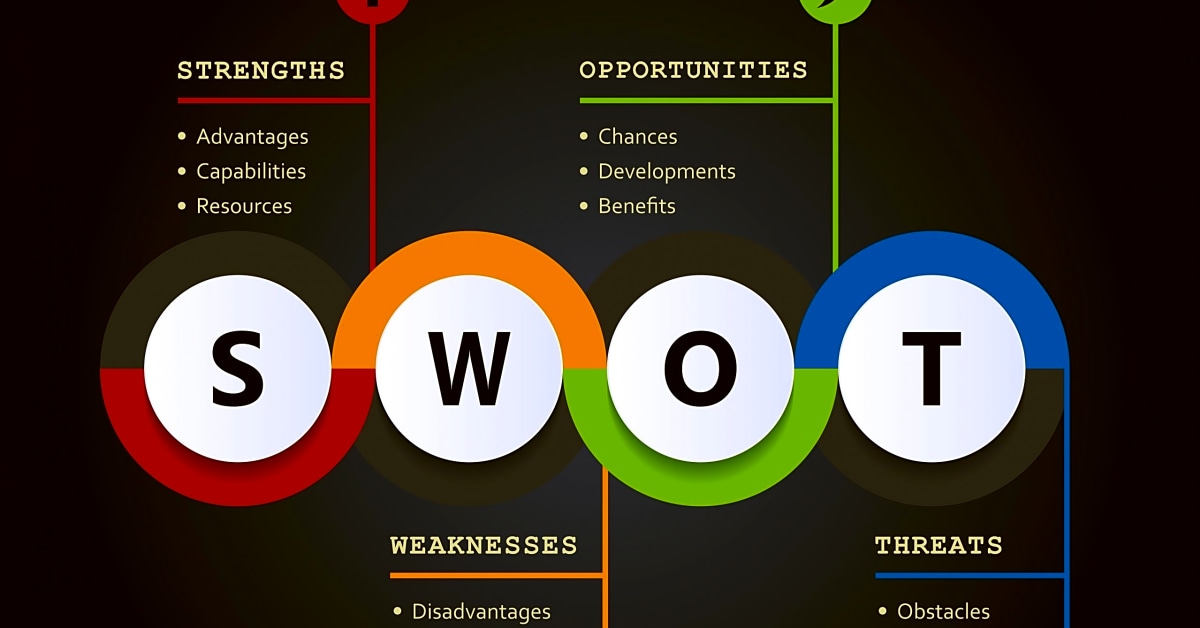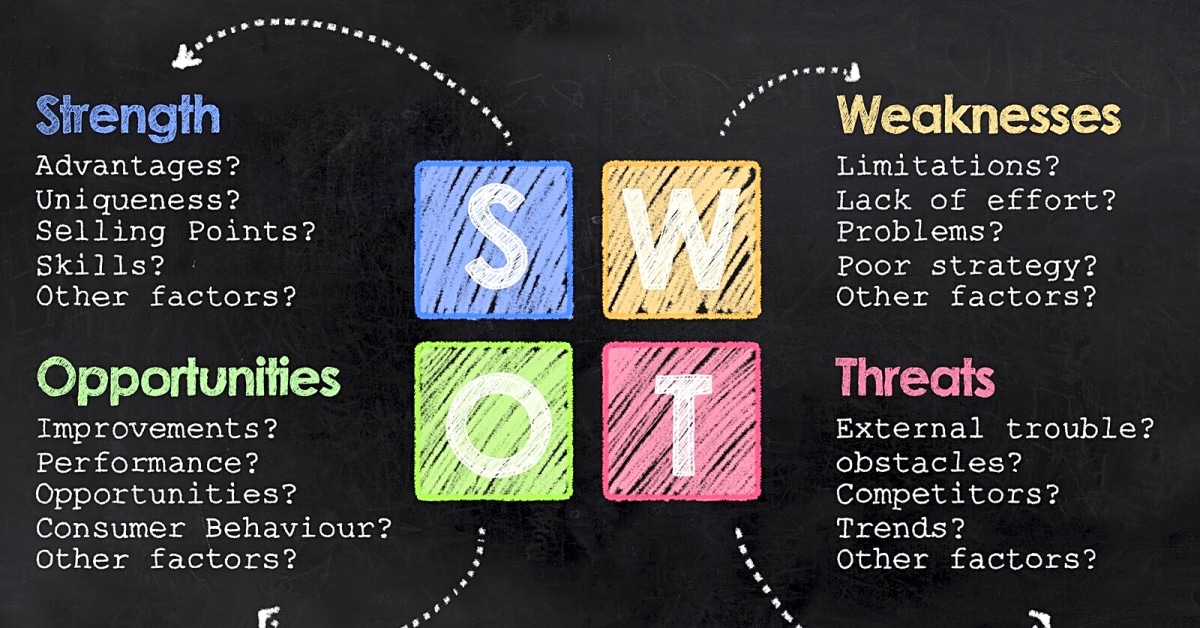Opportunities are a crucial aspect of SWOT analysis, providing a window of potential growth and success for a business or organization. In today’s ever-changing and competitive market, it is essential to identify and understand opportunities to stay ahead of the game. In this complete guide, we will delve into the concept of opportunities in SWOT analysis, exploring its definition, importance, and how to effectively identify and leverage them. Whether you are a business owner, marketer, or strategist, this article will provide you with valuable insights and strategies to make the most out of opportunities in your SWOT analysis. So, let’s dive in and discover the power of opportunities in SWOT analysis.
In this article, we will define what opportunities are in a SWOT analysis and how they fit into the overall process. A SWOT analysis is a strategic planning tool that is used to evaluate the internal and external factors that can impact an organization, project, or individual. The acronym stands for Strengths, Weaknesses, Opportunities, and Threats. Opportunities are considered one of the positive aspects of a SWOT analysis and can help organizations identify potential areas for growth and improvement.
So, what exactly are opportunities in a SWOT analysis? Opportunities are external factors that can have a positive impact on the organization or individual. These can include market trends, changes in technology, emerging markets, and other potential growth opportunities. In the context of SWOT analysis, opportunities are usually identified in the external factors section.
Now that we have defined what opportunities are in a SWOT analysis, let’s take a look at how they fit into the overall process. A SWOT analysis typically begins with an examination of internal factors, such as strengths and weaknesses. This is followed by an evaluation of external factors, including opportunities and threats. By identifying potential opportunities, organizations can develop strategies to capitalize on them and achieve their goals.
Examples of opportunities in a SWOT analysis can vary greatly depending on the specific organization or individual conducting the analysis. However, some common examples include new market trends or shifts in consumer behavior that could create new opportunities for growth. Another example could be advancements in technology that could improve efficiency and productivity for an organization.
So how do you identify opportunities in a SWOT analysis? One approach is to conduct a PEST analysis, which stands for Political, Economic, Social, and Technological factors. This framework allows organizations to examine external factors that could impact their operations and identify potential opportunities for growth.
There are also several tools and frameworks available to assist in conducting a thorough SWOT analysis. Some popular options include the SWOT Matrix, which helps visualize the internal and external factors, and the TOWS Matrix, which helps organizations develop strategies based on their SWOT analysis.
By the end of this article, you will have a comprehensive understanding of opportunities in SWOT analysis. Whether you are looking to gain a deeper understanding of opportunities or need help conducting a SWOT analysis, this article has covered all you need to know. Remember, opportunities are just one aspect of a SWOT analysis, but they can be a valuable tool for organizations looking to achieve growth and success.
What are Opportunities in SWOT Analysis?
To fully understand opportunities, we must first define what a SWOT analysis is and how it can benefit individuals and businesses. A SWOT analysis is a strategic planning tool that helps identify an organization’s strengths, weaknesses, opportunities, and threats. It is often used in business planning, but can also be applied to personal development or decision-making processes. By analyzing these four elements, individuals can gain a better understanding of their current situation and make informed decisions for the future.
Tools and Frameworks for SWOT Analysis
While a SWOT analysis can be done using pen and paper, there are several tools and frameworks available that can make the process more efficient and effective. Some popular options include the SWOT Matrix, TOWS Matrix, and SOAR Analysis. These tools can help individuals organize their thoughts and identify key opportunities to focus on.
Identifying Opportunities in SWOT Analysis
When conducting a SWOT analysis, it is important to keep an open mind and consider all potential opportunities. To identify opportunities, you can ask yourself questions such as:
- What current trends could positively impact my organization/development?
- Are there any untapped markets that I could enter?
- What resources or partnerships could benefit my organization/development?
Examples of Opportunities in SWOT Analysis
Opportunities are external factors that have the potential to positively impact an organization or individual. They can include market trends, new technologies, or partnerships. For example, a company may identify an opportunity to expand into a new market or develop a new product based on current industry trends. On a personal level, an individual may see an opportunity to advance in their career by taking on new responsibilities or gaining additional education.
There are many different examples of opportunities that can be identified in a SWOT analysis. Some common opportunities include:
- New Market Opportunities: These are opportunities to enter new markets or expand into different geographical locations. This could involve targeting a new demographic, tapping into an emerging market, or finding a niche market that is currently underserved.
- Technological Advancements: With the rapid pace of technological advancements, there are always opportunities to leverage new technologies to improve processes, products, and services. This could include implementing automation, using artificial intelligence, or adopting new software.
- Partnerships and Collaborations: By forming strategic partnerships and collaborations, organizations can gain access to new resources, expertise, and networks. This could include partnering with other businesses, non-profit organizations, or government agencies.
- Industry Trends: Keeping an eye on industry trends can help identify opportunities for growth and innovation. This could include changes in consumer behavior, shifts in the competitive landscape, or emerging trends in the market.
Opportunities play a crucial role in a SWOT analysis, as they provide valuable insights into potential areas for growth and success. By understanding what opportunities are and how to identify them, individuals can make more informed decisions for their personal or professional development. With the help of various tools and frameworks, conducting a SWOT analysis can be a straightforward and beneficial process.



